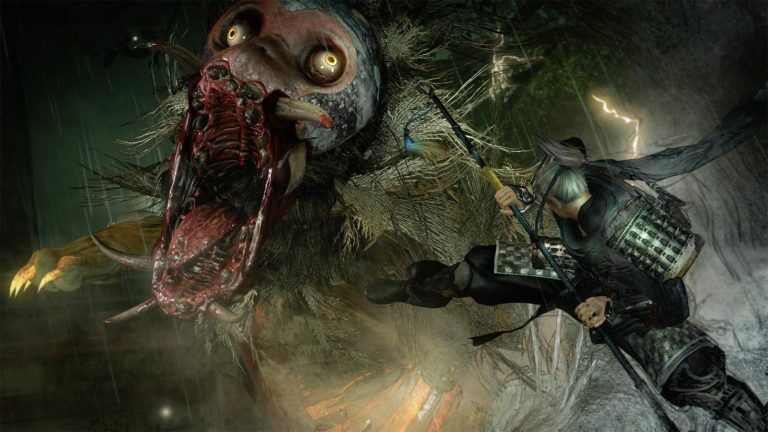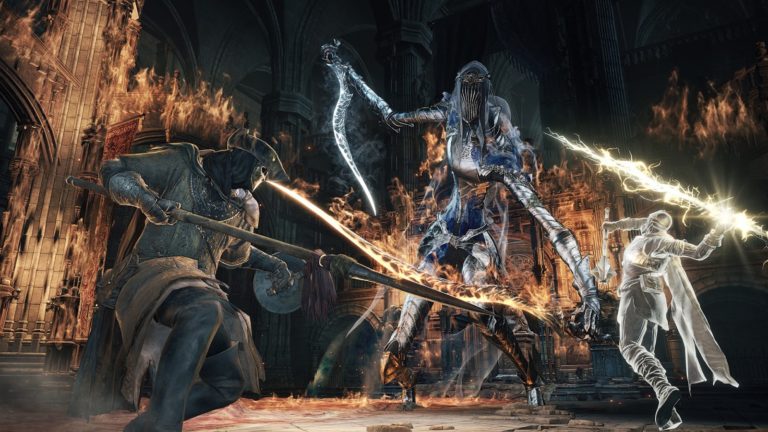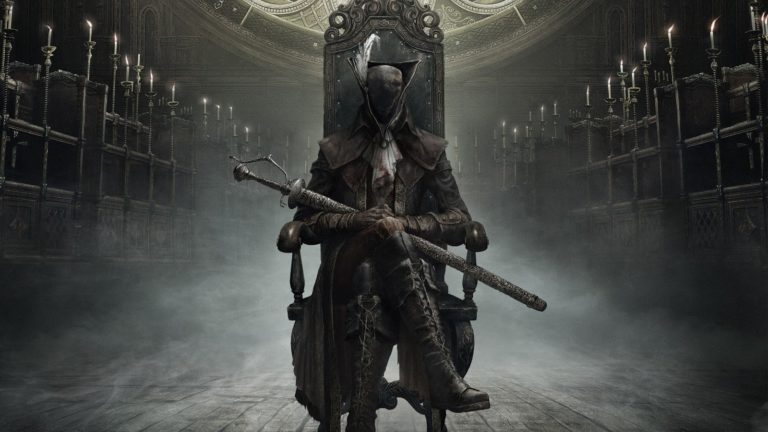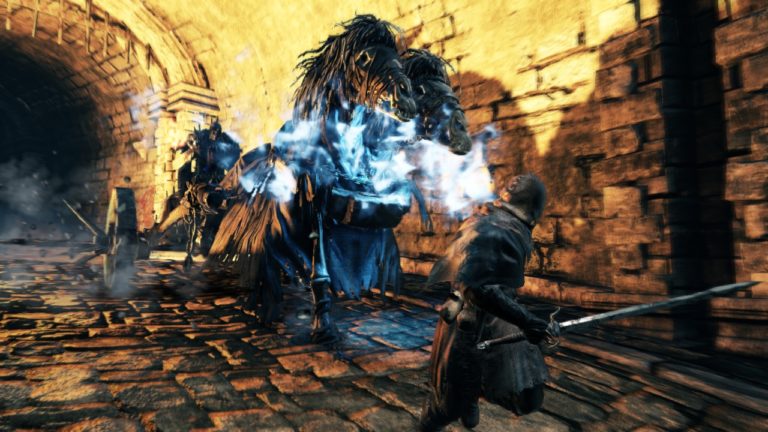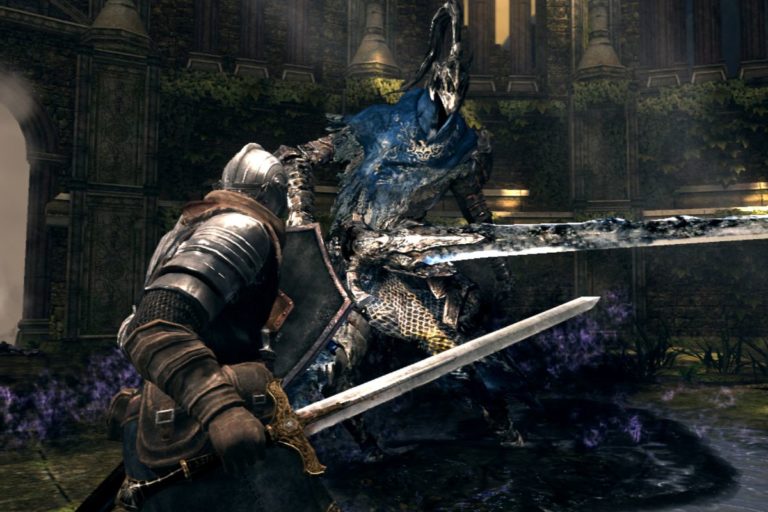I’m going to do something slightly different here – normally I’d just be looking at the Dark...
Dark Souls
Love Refined Game Engine – As groundbreaking as the Souls games are, they have always been incredibly janky...
While it isn’t actually a part of the Souls series, Bloodborne is in a similar mold with some very...
Love Some Memorable Characters – Somewhat surprisingly, Dark Souls 2 has a lot of characters which hold up...
I recently began replaying Dark Souls, this time on PS4 with the remastered edition. Having played a ton...
